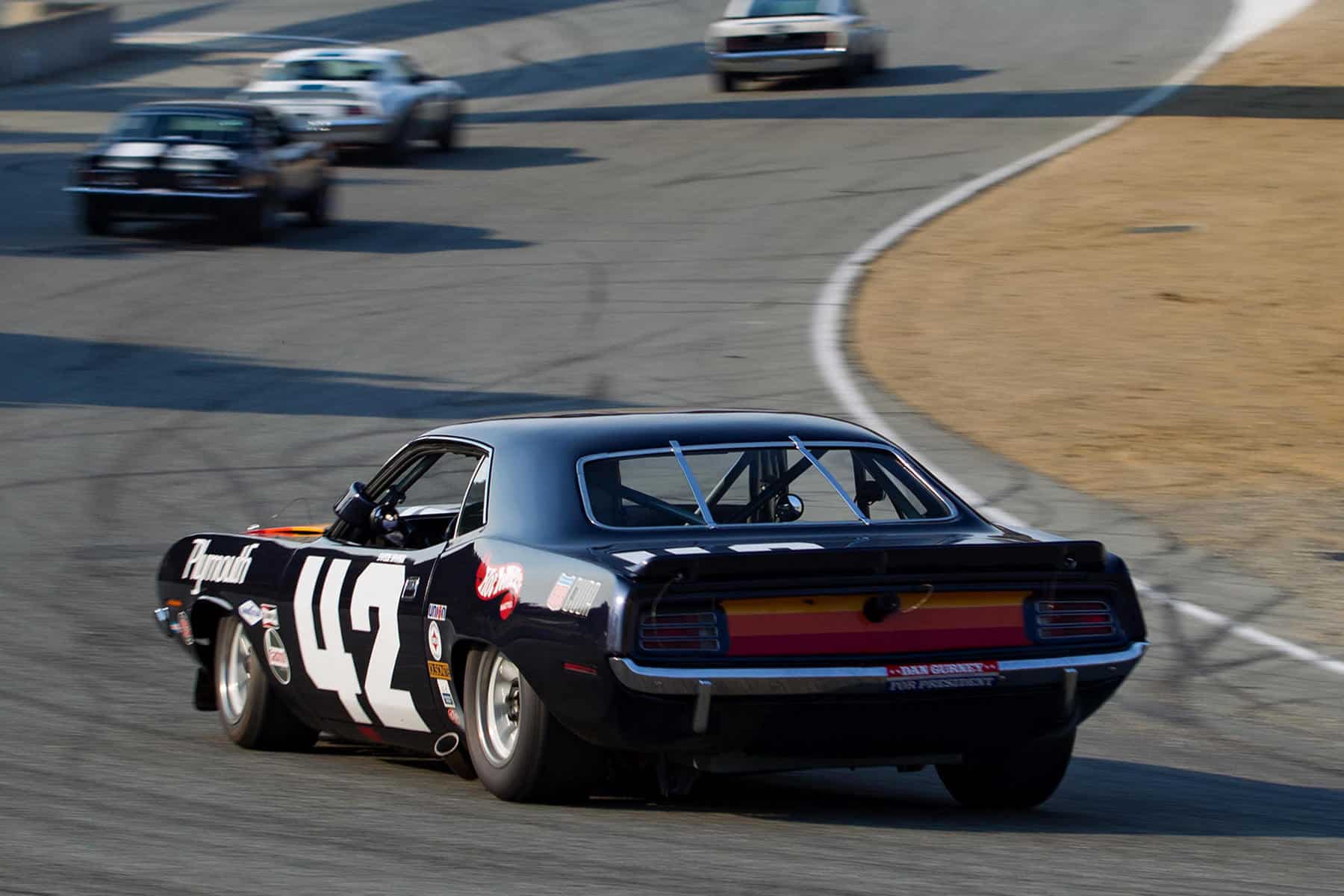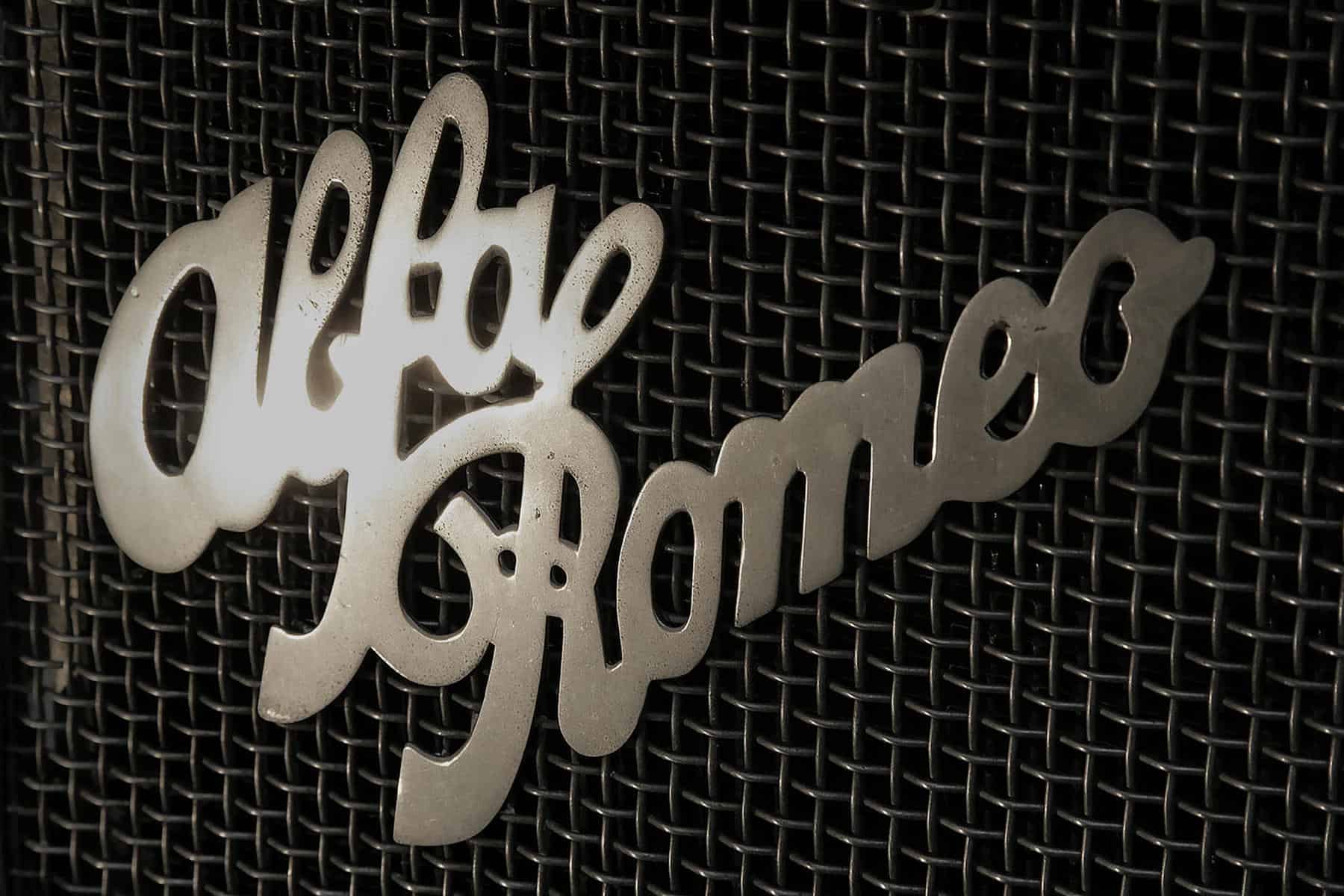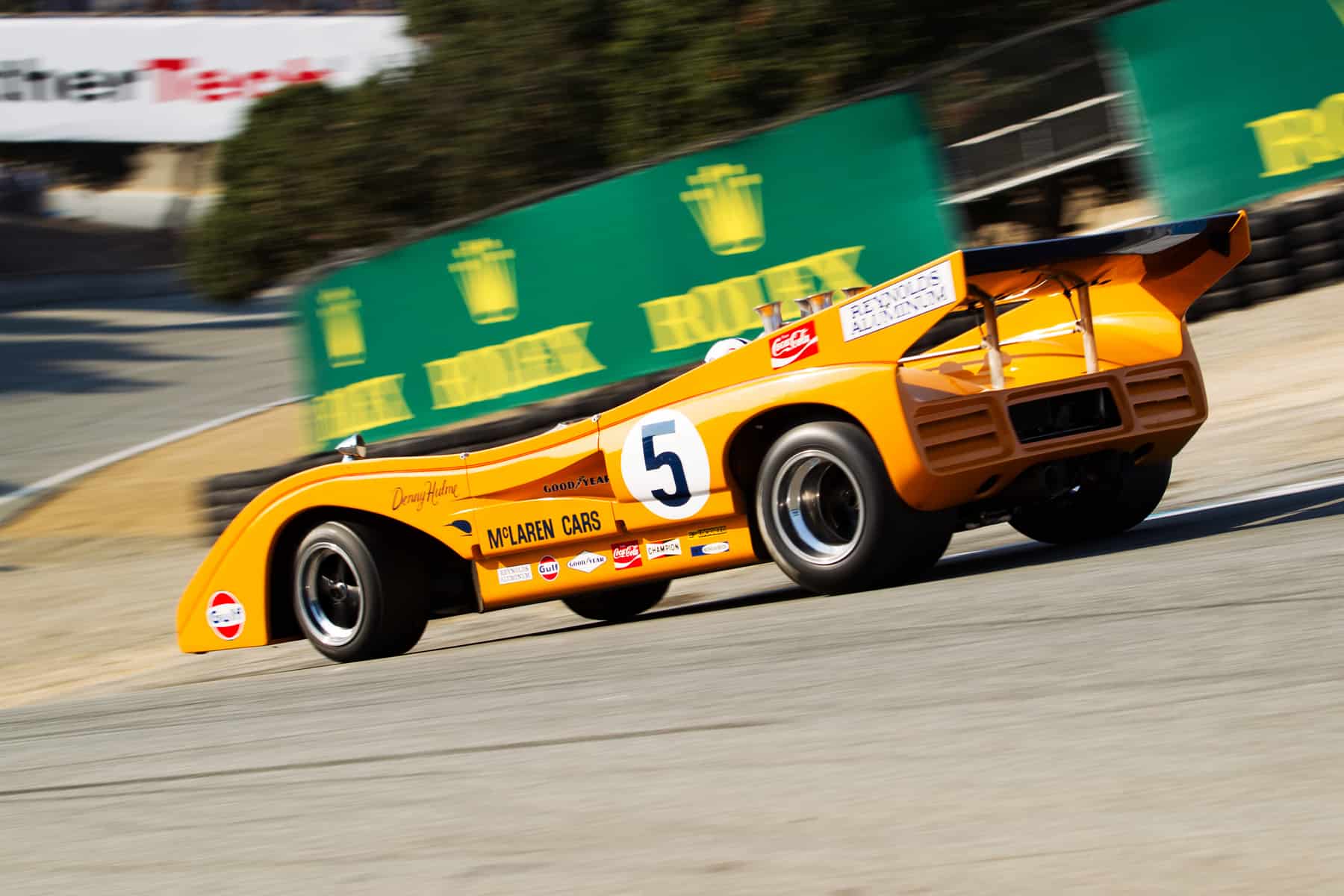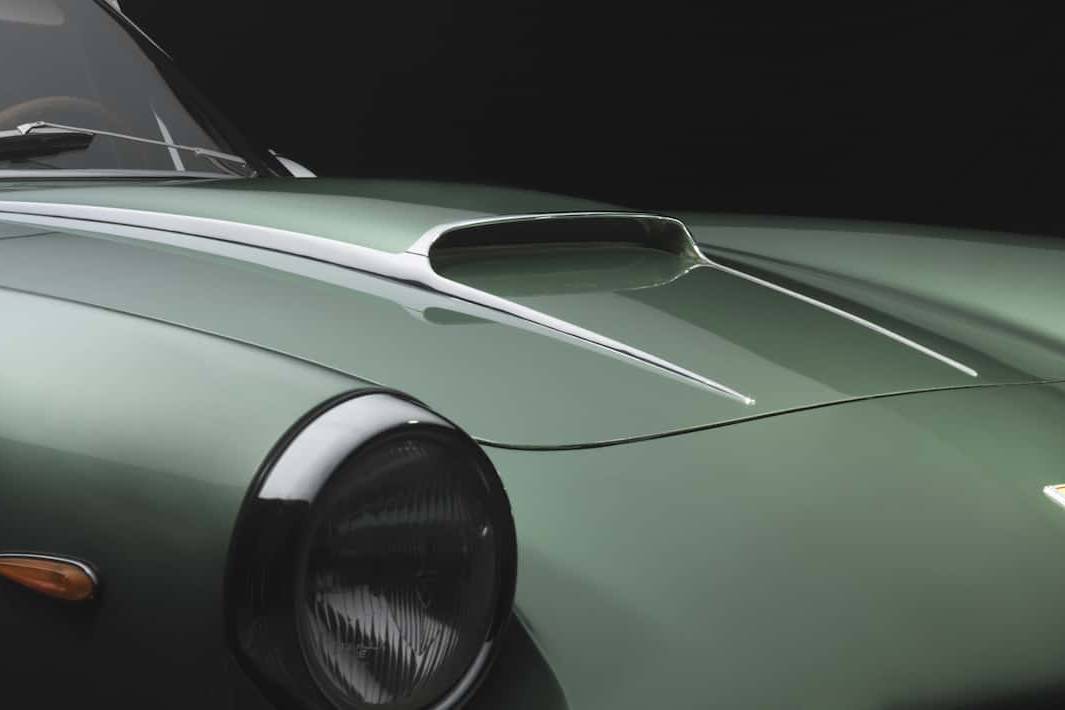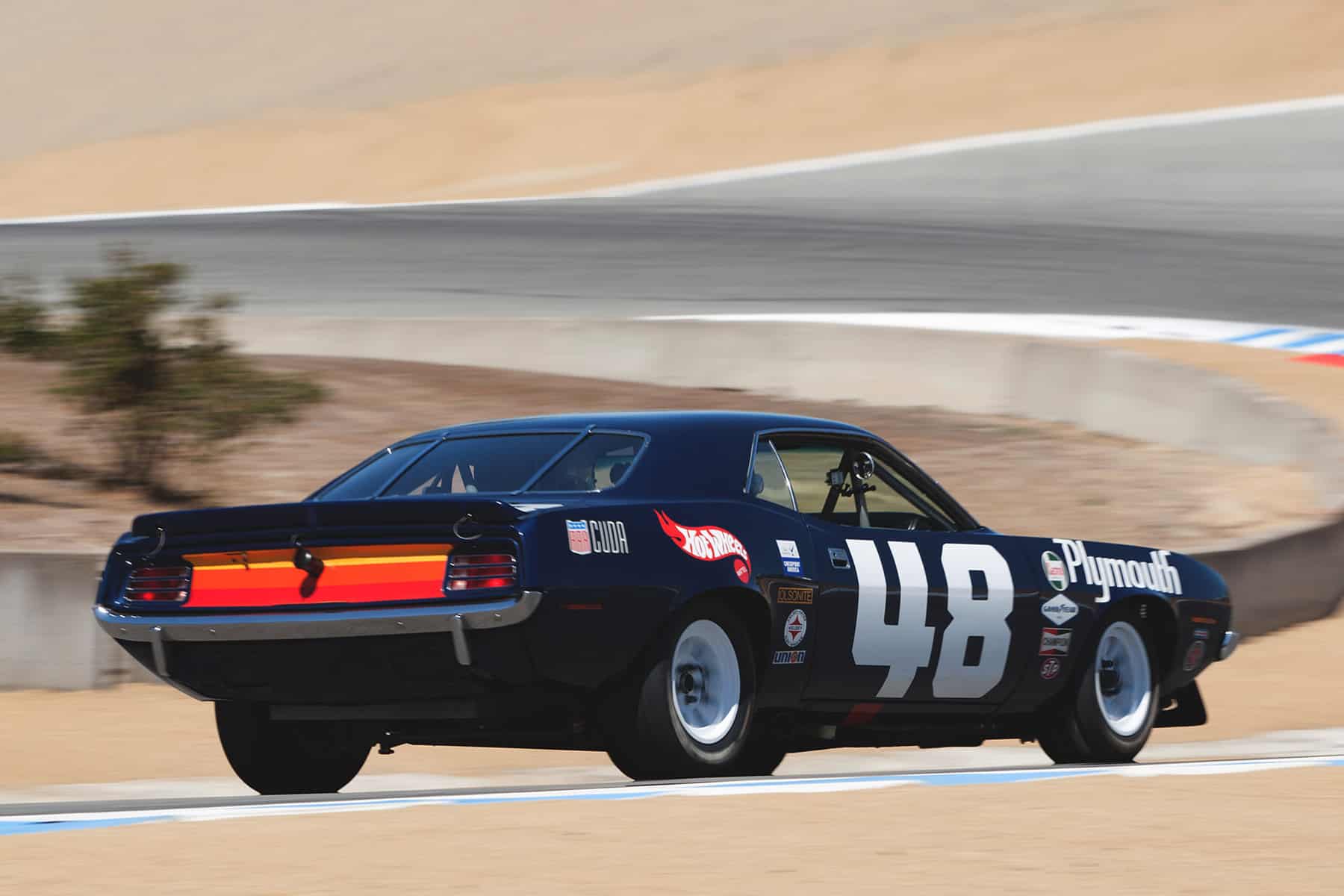
Glorious 'Cudas and Challengers
Recalling the 1970 Trans-Am season
BY: WOUTER MELISSEN
With the 2020 Trans-Am season kicking off at Sebring earlier this year, it’s a good time to look back on some of the colorful history of this unique series. Perhaps no Trans-Am season is remembered more fondly than 1970. It was the only time that all major “pony car” manufacturers competed head-to-head on the track with the cars entrusted to some of the greatest American teams and drivers.
Organized by the Sports Car Club of America (SCCA), the Trans-American Sedan Championship was first held in 1966. Although the Trans-Am series allowed any engine size up to 2.0 liters, it is best remembered for the fierce battles between small-block engine pony cars, such as the Camaros and Mustangs, fielded by America’s leading racing teams and operated by some of the finest drivers of the day. And in 1970, several giants of American auto racing collided.
Chevrolet took the 1969 title, courtesy of Mark Donohue in a Roger Penske-fielded and Sunoco-sponsored Camaro. In 1967, the Chrysler Corporation had been represented by a Dodge Dart, and decided to stage its first real factory effort in the 1970 season to promote the all-new Plymouth Barracuda and Dodge Challenger. Dan Gurney’s All American Racers was given the task of fielding a pair of ’Cudas, while Sam Posey would race a very similar Challenger.
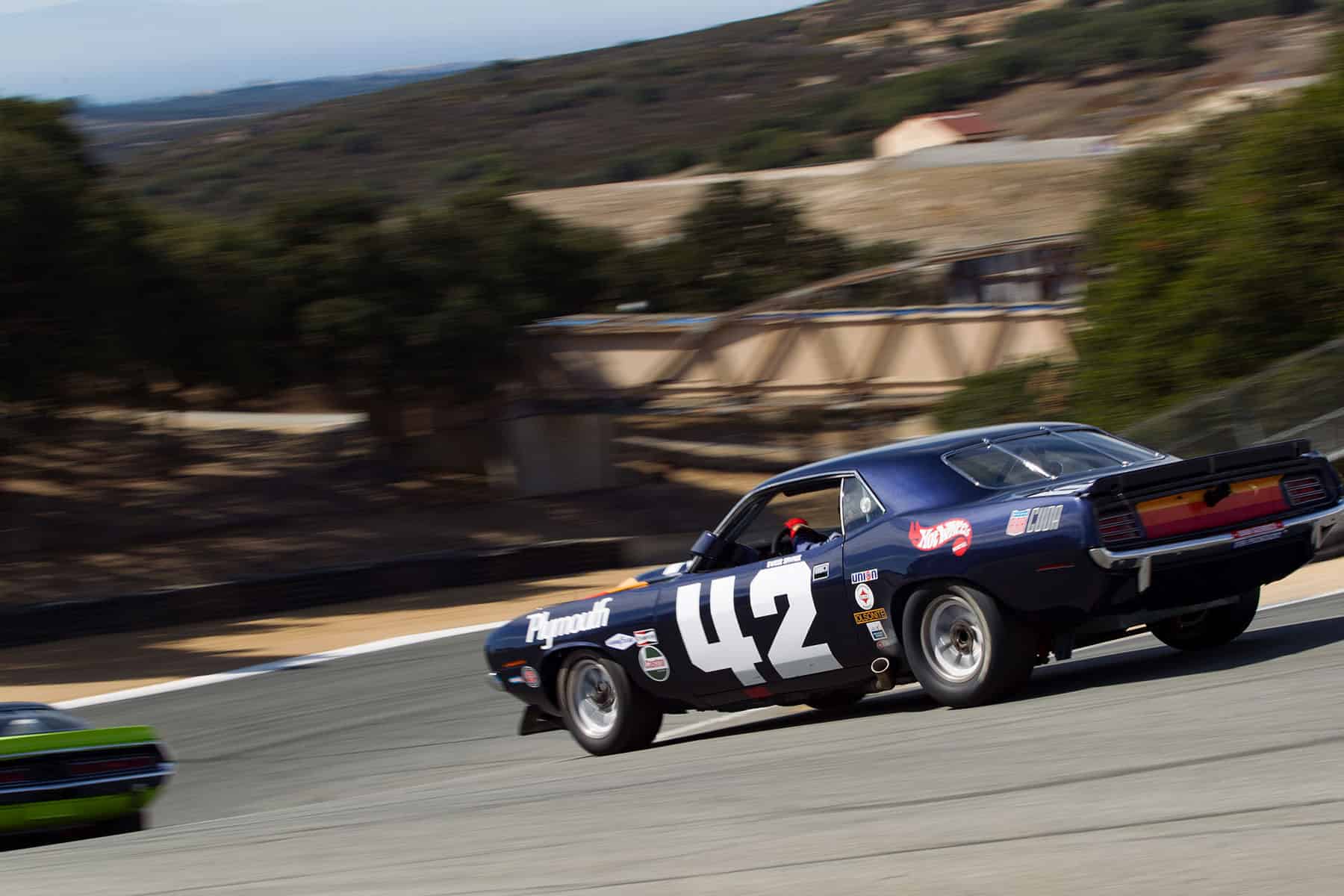
The contract to develop and build the racing cars, including Posey’s Challenger, had also been awarded by Chrysler to Gurney’s AAR. With relatively strict regulations in place, this seemed like a straightforward job, but it was nothing of the sort. With an engine displacement limit set at 5.0 liters and the emphasis on using stock components, there was little room for error by the race engineers. The effort to make the marginal gains in the limited scope available proved laborious – AAR spent a monumental 75,000 labor hours and a 50-strong crew to build four racing cars ahead of the 1970 season.
The work started with “body in white” shells lifted directly from the production line in Los Angeles. Weight was the biggest problem that had to be addressed. Using a well-known Trans-Am trick, the shells were first dipped in acid to lighten them. Euphemistically referred to at the time as “chemically cleaned,” the process turned out to be a delicate procedure with at least one of the shells being returned to the AAR factory with holes in its roof. In the first known use of a computer in race-car design, a full roll-cage was built, which helped regain the rigidity the roof lost to the acid dipping.
Sam Posey had an acid dip-related issue during tech inspections for the season opener at Laguna Seca. After the car had passed the scrutiny of Chief Technical Inspector John Tarminus, the team offered Tarminus a beer. He leaned his arm on the roof of the car and it instantly dimpled. Tarminus was not amused. He insisted that the roof be replaced with a stock component before Posey could start the race. With the approval of the Chrysler Corporation, a Challenger was picked up from a nearby dealer, its roof then chopped off and fitted on Posey’s car overnight.
Using the wealth of experience gathered building single-seater Formula 1 and Indy cars, Gurney’s AAR engineers constructed many of the components that were bolted to the lightened shells from exotic materials like titanium. This was used for the suspension uprights and the exhaust headers. Further weight was saved by casting the gearbox in aluminum instead of the iron used on the production cars. To ensure the gearbox would pass tech inspection, which involved a magnet, it was covered with a cast-iron spray before being installed.
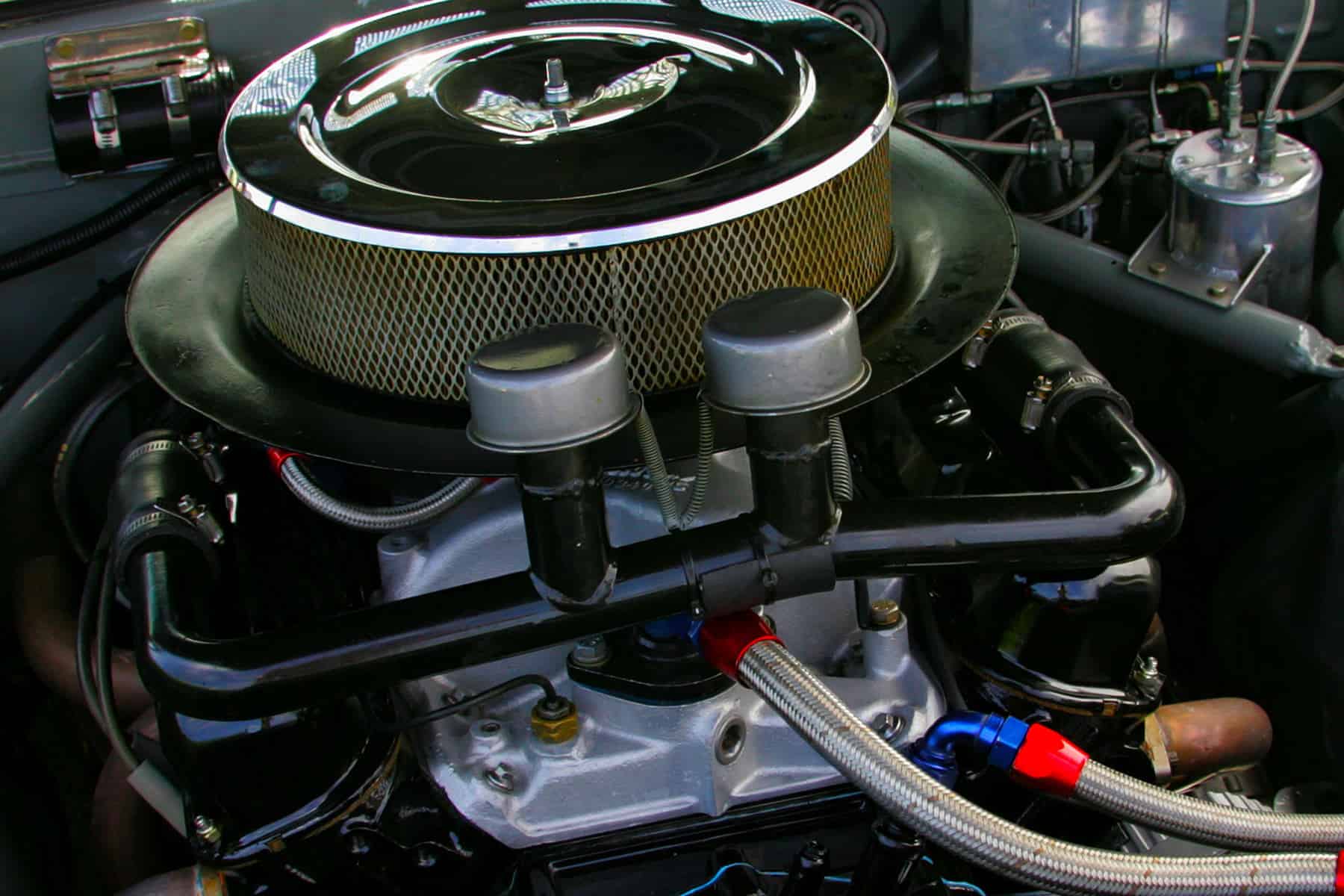
The biggest issue Gurney faced was the fact that neither the Barracuda nor the Challenger road cars came with a V8 engine that met the displacement requirements. Instead, Gurney based the engine on the 340 V8, which had a swept volume of 5.6 liters. The racing engines retained the same bore, but the stroke was reduced from 3.31 inches to 2.96 inches. This gave a displacement of 303.8 cid. Breathing through a single carburetor, the racing engine would produce around 450 bhp.
Once fitted in the car, the de-stroked V8 proved troublesome. Originally not designed for racing, it suffered from oil starvation issues going through corners at speed. The strict regulations prevented the use of dry-sump lubrication, which would have been an instant fix. Instead, AAR’s hugely talented crew chief Phil Remington turned to a solution found on aerobatic airplanes. These used an oil pick up that moved around in the sump, effectively following the oil around.
Before the start of the season, the Challenger was dispatched to Ray Caldwell’s Autodynamics for completion. Back at the AAR shop, the first two Barracudas were readied for the two-car effort. Gurney himself was entered in the #48, while the second car was fielded for the talented youngster, Swede Savage, who used #42. The cars were finished in the same deep blue metallic paint used by Gurney in the previous season’s Can-Am championship.
When the two ‘Cudas lined up for the season opener at Laguna Seca, there was still scope for improvement but the Chrysler Corporation executives held Gurney on a tight leash. The cars showed potential as Savage finished an impressive fourth at the debut. Gurney was forced to retire while Posey placed sixth. At Lime Rock Park, Posey had an even better day and placed his Challenger on the third podium position. Gurney had qualified on the front but a clutch failure had brought an early end to his race.
Unfortunately, the program fell victim to internal company politics and after just two races Chrysler drastically cut the budget. That meant development was all but suspended and AAR could really only afford to field a single car. Having little left to prove, Gurney stepped down from his full season ride in favor of his protégé Savage. The youngster competed in all of the nine remaining rounds, whereas Gurney only made two further appearances.

During those nine Trans-Am races, Savage performed admirably. He scored three pole positions and also set two fastest laps during the races. Sadly, a victory would elude Savage, as his best result was a second at Road America behind Mark Donohue. Posey would finish third on two further occasions, which helped him score a total of eighteen points for Dodge. With only the top-scoring driver counting toward the points, the AAR Plymouth effort trailed the Challenger by three points for fifth and last in the standings.
Before the season was over and the factory program was officially canceled, AAR fielded two ‘Cudas at the Trans-Am finale. This was conveniently held at the team’s home track of Riverside. Savage finished the race in fourth, while Gurney placed fifth. After the finish, Gurney announced that this was the last race of his impressive driving career. He would instead focus on managing All American Racers, which would continue to be a leading racing car builder for decades to come.
To recoup some of the vast investment and to homologate some of the parts used on the competition cars, Chrysler offered two Trans-Am-inspired road cars. Known as the Challenger T/A and ‘Cuda AAR, both were powered by a modified version of the 340 V8 engine that was fitted with a “Six Pack” carburetor setup (three two-barrel carburetors). Offered for one year only, Chrysler produced 2,399 Challenger T/As and 2,724 examples of the ‘Cuda AAR. Remarkably, the Plymouths were all built in a five-week period in March and April of 1970. To this day, many of the surviving cars of that era compete in historic events. Among them are the ex-Posey Challenger and two of the surviving AAR ‘Cudas.
